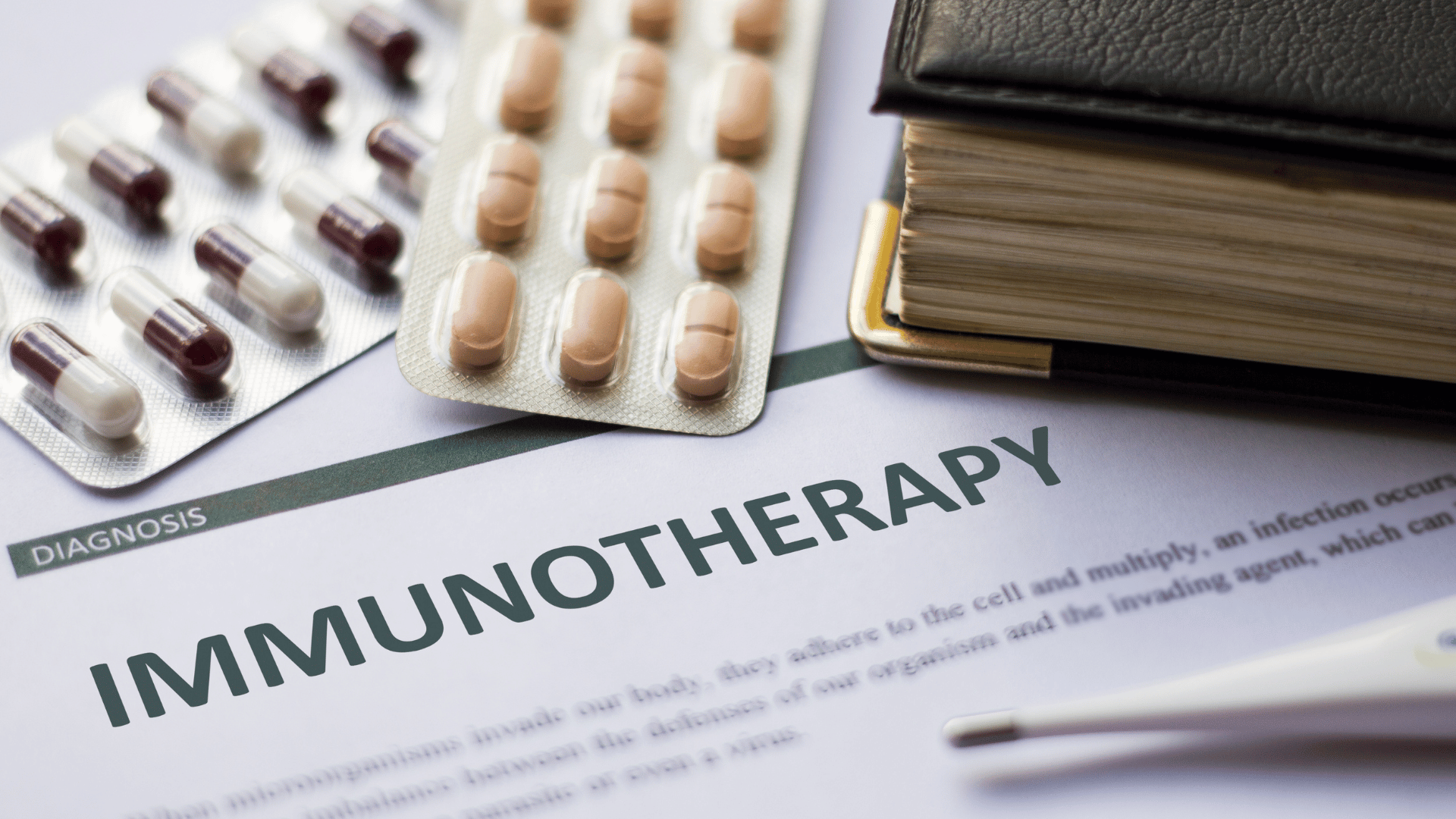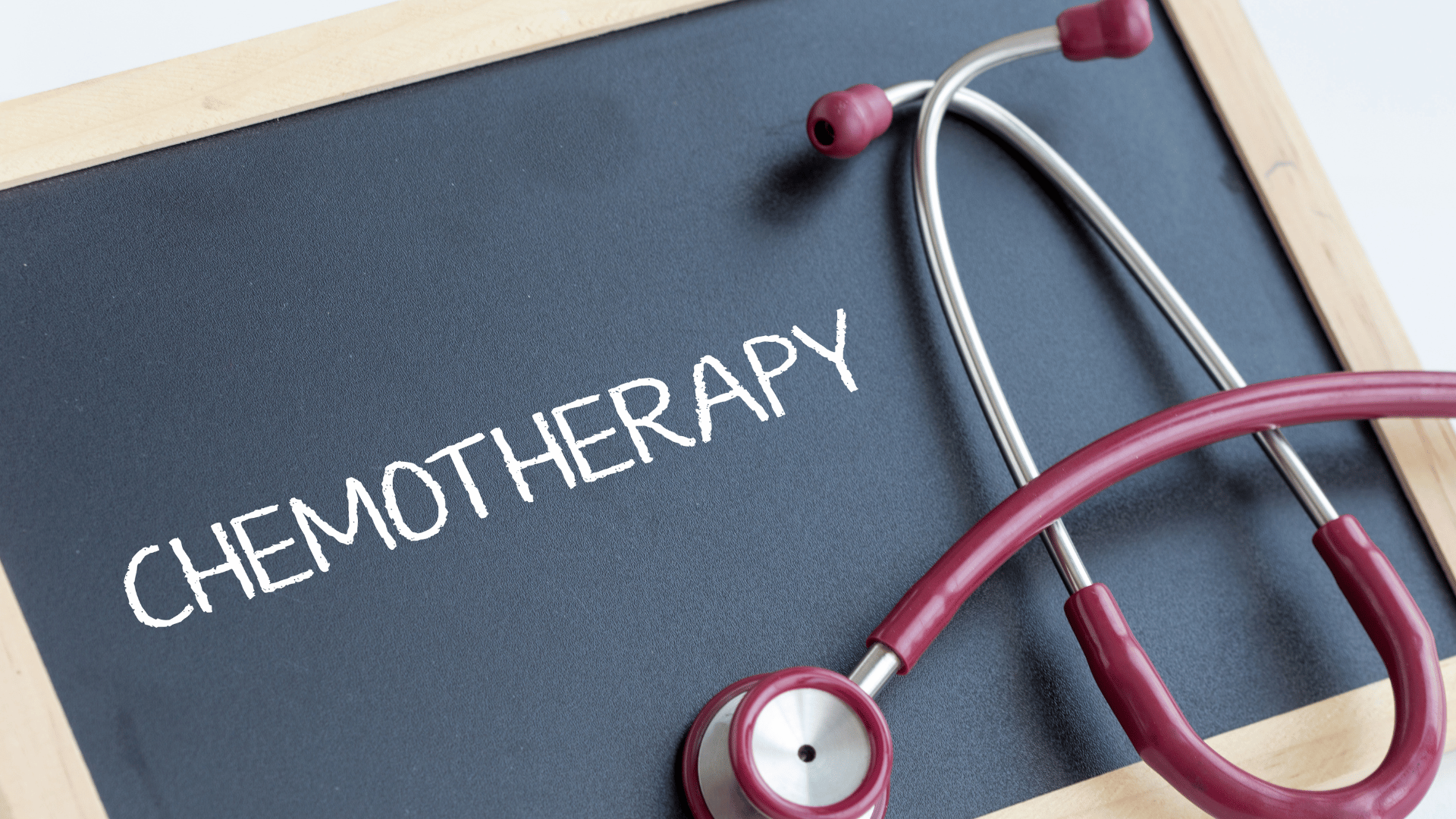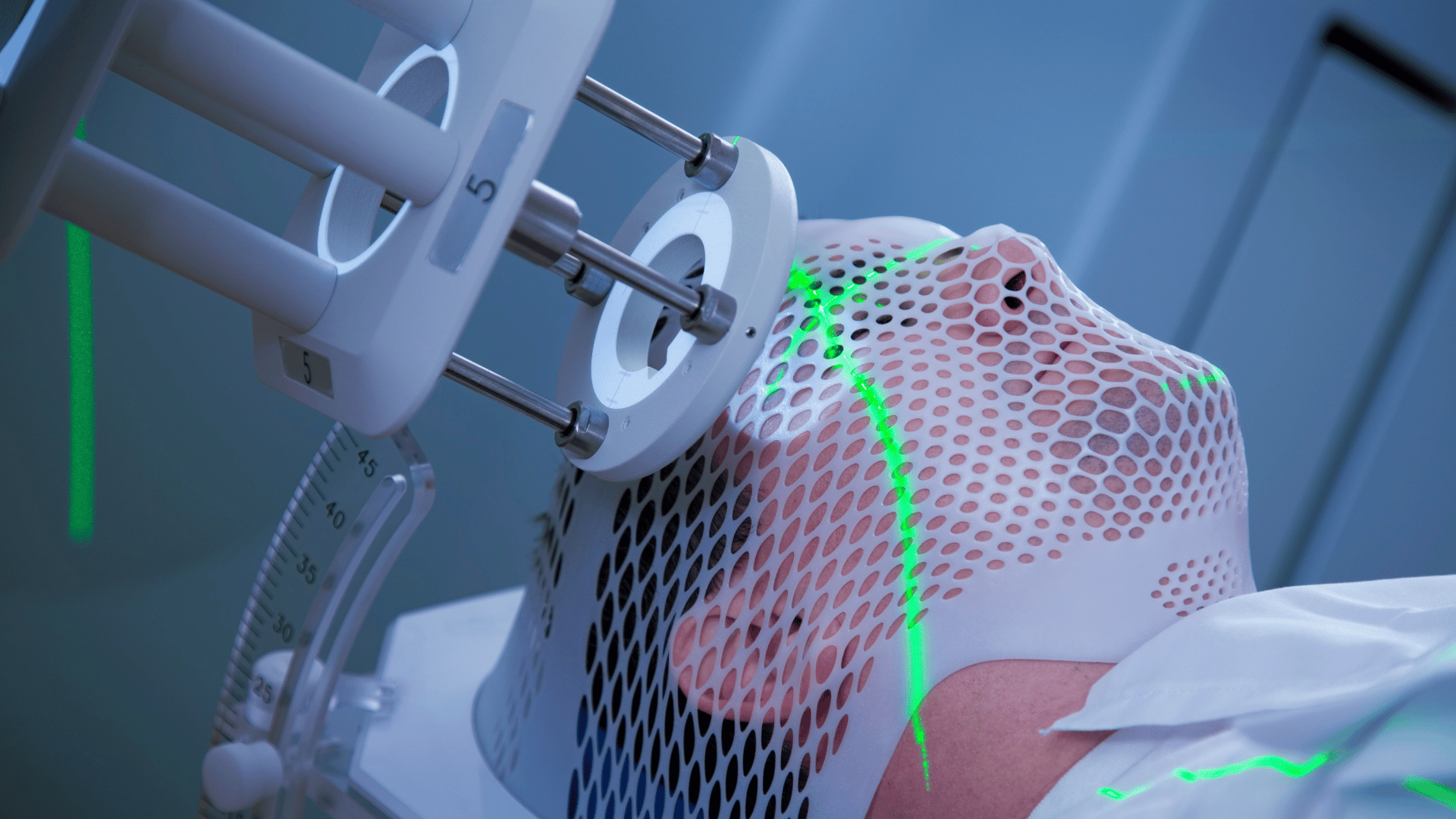about
Treatment
Comprehensive Treatment Approach
When cancer first starts to develop aggressively, some individuals, misled by alternative remedies, delay seeking medical treatment. It's recommended to initiate treatment with mainstream Western medicine, aiming to aggressively and swiftly eradicate cancer cells on a large scale. Once the condition stabilizes, traditional Chinese medicine can be used to regulate the body. Of course, cultivating mindfulness, adopting a balanced diet, and engaging in physical exercise should begin from the onset of the disease, thoroughly transforming one's constitution to reduce the likelihood of cancer recurrence.
Health checkup
Immunotherapy
Immunotherapy is a treatment method that harnesses the activation of the human immune system to combat cancer. It achieves this by activating or enhancing the patient’s own immune system, enabling it to recognize and attack cancer cells, thereby inhibiting the growth and spread of cancer cells. Immunotherapy encompasses various approaches, including the use of immune checkpoint inhibitors, CAR-T cell therapy, vaccine therapy, among others. The selection of these methods can be tailored based on the specific type of cancer for targeted treatment.
However, the staggering cost of immunotherapy, often exceeding hundreds of thousands per month, poses a significant barrier for the general population, leading many to abandon the treatment. Unfortunately, this decision results in missing the optimal window for effective treatment. Waiting until cancer cells become uncontrollable makes it challenging to initiate immunotherapy later.
Therefore, in the absence of targeted drugs, it is advisable to commence a combination of chemotherapy and immunotherapy early in the treatment process. The duration of immunotherapy is not predefined; it depends on the financial capacity of the individual. Studies indicate that the combination of chemotherapy and immunotherapy yields better results compared to chemotherapy alone.
Chemotherapy
Chemotherapy is a treatment method for cancer that utilizes chemical drugs. Typically administered through various routes such as intravenous injection or oral intake, these drugs are delivered throughout the body to inhibit the growth of cancer cells. It is a systemic treatment often employed for cancers of the blood system and those that have metastasized to other parts of the body. In some cases, it is also used for localized treatment.
I initially underwent chemotherapy, but later, with the detection of genetic mutations, I began taking targeted therapy for six months. However, this approach couldn’t resolve the issue of pulmonary edema. Upon medical advice, I returned to chemotherapy. Following a chemotherapy session, the body’s immune resistance weakens significantly, with the immune system hitting its lowest point around 7-10 days. Extra caution is necessary during this period to prevent infections. Subsequently, the immune system gradually regains strength, allowing for the continuation of the next chemotherapy cycle. If blood test results indicate abnormal liver or kidney indices, it may lead to a potential delay in the next chemotherapy session.
Radiotherapy
In contrast to chemotherapy, which is used for extensive treatment, radiotherapy is commonly employed for treating specific localized areas. It involves the use of high-energy rays or particles directed at the tumor area to disrupt the DNA and cellular structures of cancer cells, thereby impeding their growth and spread. Radiotherapy can be combined with other methods such as surgery, chemotherapy, and hormone therapy to enhance treatment effectiveness and can be utilized at different stages of cancer treatment. In my case, with five small tumors in my brain (<1cm), the medical approach involved the use of a computerized surgical tool due to the limited quantity and small size of the tumors. As a result, the entire procedure was fully covered by health insurance.
Surgery
Generally, as long as cancer cells have not metastasized to other parts, doctors will consider direct removal as a treatment method. For example, lung cancer involves removing part of or the entire lung, while liver cancer may require removing a portion of the liver. After the surgery, some patients may undergo preventive chemotherapy, typically around six sessions, to thoroughly eliminate any remaining cancer cells.
Angiogenesis inhibitors
Common anti-angiogenic agents include Avastin and Cyramza. When cancer cells grow beyond 0.5 cm, they need to access nutrients through new blood vessels. The principle of anti-angiogenic agents is to inhibit the action of vascular endothelial growth factor (VEGF), thus inhibiting the growth of cancer cells. Currently, angiogenesis inhibitors are often used in conjunction with chemotherapy, radiotherapy, and targeted therapy.
Targeted Therapy
Targeted therapy interferes with specific cancer cell molecules or signaling pathways, inhibiting the growth, proliferation, or spread of cancer cells, thereby achieving therapeutic effects. This treatment mainly involves the use of small molecule drugs and monoclonal antibodies, which can enter cancer cells and block specific molecules needed for their growth. For me, at the beginning, targeted therapy was like a miracle drug. In just one month, the number of brain tumors decreased from 5 to 2, my cough almost disappeared, and there was no detectable ROS1 gene mutation in my blood. However, resistance to targeted therapy often occurs after a period of use. When the condition starts to deteriorate, indicating that the honeymoon period is over, other treatment options should be considered.
Electrothermal therapy
Electrothermal therapy can complement other treatments such as chemotherapy, targeted therapy, radiation therapy, immunotherapy, and cell therapy. It utilizes electromagnetic waves to generate molecular vibrations and produce heat, which can heat deep-seated tumors, maintaining their temperature at 40-43℃. This promotes blood circulation within the tumor, increases its oxygen content, and enhances its sensitivity to other treatments. Additionally, electrothermal therapy induces tumor cells to produce heat shock proteins, activating our body’s immune system. For patients unable to undergo chemotherapy or radiation therapy, electrothermal therapy offers a safe and non-toxic alternative.








